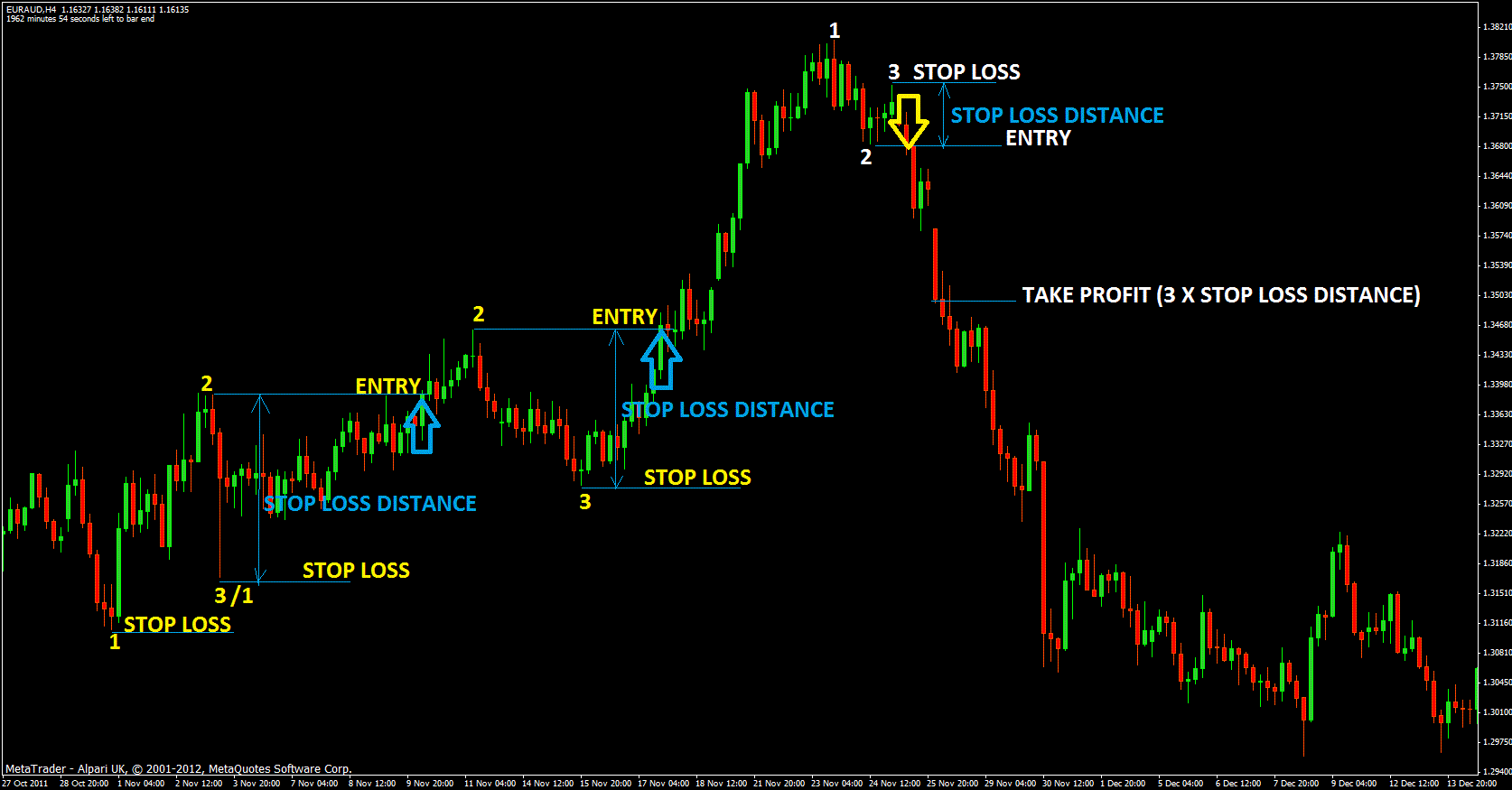The foreign exchange market, also known as forex or FX, presents a lucrative opportunity for traders to harness global currency fluctuations for profit. To navigate the complexities of this dynamic market, savvy traders employ a range of trading systems, strategies, and indicators to maximize their success. One particularly effective approach for swing trading in forex is the Power Band Forex Swing Trading System.

Image: www.fxvnpro.com
The Power Band Forex Swing Trading System is a technical analysis-based system that utilizes moving averages and volatility indicators to identify potential trading opportunities. Moving averages serve as dynamic trend indicators, signaling the overall direction of the market, while volatility indicators gauge the extent of price fluctuations, suggesting periods of heightened market activity or consolidation.
Understanding the System
The Power Band Forex Swing Trading System relies on three primary components:
-
EMA Crossover: The Exponential Moving Average (EMA) crossover is the foundation of the Power Band system. Traders employ two EMAs, typically with periods of 8 and 21, to determine the trend direction. A buy signal occurs when the shorter EMA crosses above the longer EMA, indicating a potential uptrend. Conversely, a sell signal is generated when the shorter EMA crosses below the longer EMA, signaling a potential downtrend.
-
Bollinger Bands: Bollinger Bands, pioneered by John Bollinger, depict price volatility around a moving average. Squeezing Bollinger Bands suggest a period of consolidation, while expanding bands indicate increased volatility and a potential breakout. Traders utilize Bollinger Bands to determine entry and exit points, seeking buying opportunities near the lower band and selling opportunities near the upper band.
-
Relative Strength Index (RSI): The RSI is a momentum oscillator that measures the magnitude of recent price changes to gauge possible overbought or oversold conditions. RSI values below 30 indicate an oversold condition, suggesting a potential buying opportunity, while RSI values above 70 indicate an overbought condition, suggesting a potential selling opportunity.
Advantages of Power Band Forex Swing Trading System
The Power Band Forex Swing Trading System offers several advantages to traders:
-
Trend Confirmation: The system combines trend indicators and volatility measures to provide a comprehensive assessment of market conditions, reducing the risk of false signals.
-
Clear Entry and Exit Points: Bollinger Bands provide specific levels for entry and exit, which can increase trading discipline and reduce emotional decision-making.
-
Adaptable to Market Conditions: The system can be adjusted to suit different market conditions by varying the parameters of the EMAs and RSI.
-
Simplicity: The Power Band system is relatively straightforward to interpret, making it accessible to both novice and experienced traders.
Limitations and Considerations
As with any trading system, the Power Band Forex Swing Trading System has limitations that traders must consider:
-
Lag: Like most technical analysis systems, the Power Band system relies on historical data and may lag behind real-time market movements.
-
False Signals: No trading system is foolproof, and the Power Band system is not immune to occasional false signals, especially during periods of high volatility or market noise.
-
Fine-tuning: The optimal parameters for the Power Band system may vary depending on the traded currency pair and market conditions, necessitating regular adjustments to maximize effectiveness.

Image: forexswingprofit.com
Power Band Forex Swing Trading System
https://youtube.com/watch?v=TlRrHKHd3JU
Conclusion
The Power Band Forex Swing Trading System is a powerful technical analysis tool that empowers traders to identify and capitalize on swing trading opportunities in the forex market. By leveraging the combined insights of moving averages, volatility indicators, and momentum oscillators, the system offers traders a disciplined approach to navigating market swings. As with any trading system, consistent research, risk management, and adaptation are paramount to success. Traders should thoroughly understand the system’s strengths and limitations before implementing it, and always remain vigilant to market changes.






